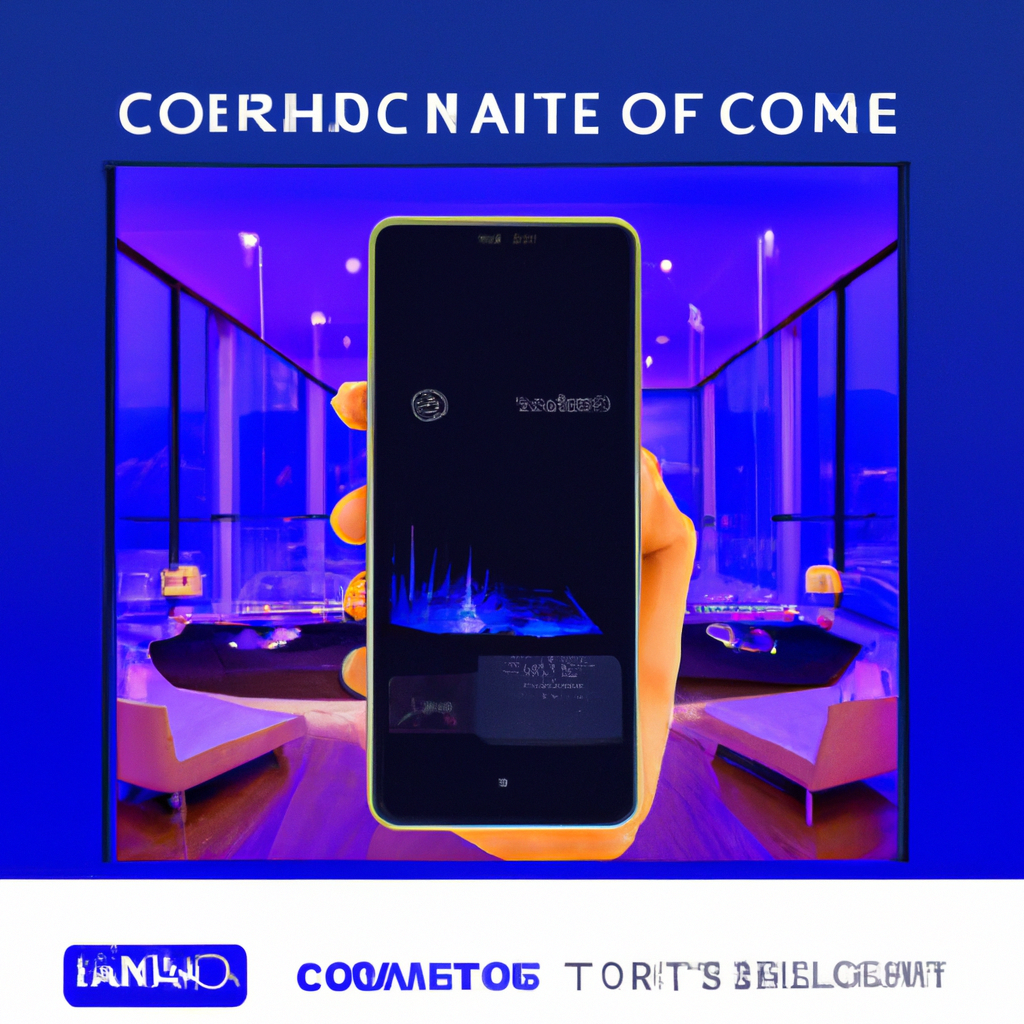Imagine being able to control every aspect of your home with just a few taps on your smartphone. From adjusting the thermostat to turning on the lights, smartphones and mobile apps have revolutionized the way we interact with our homes. With the ever-growing popularity of smart home technology, it is no wonder that smartphones and mobile apps have become an integral part of smart home control. In this article, we will explore the impact that smartphones and mobile apps have had on smart home control and how they have transformed the way we manage and personalize our living spaces. Get ready to unlock a world of convenience and efficiency right at your fingertips.
The Impact of Smartphones and Mobile Apps on Smart Home Control
Smartphones and mobile apps have revolutionized the way we interact with our smart homes. With the increasing popularity and advancements in technology, more and more people are embracing the convenience and accessibility that comes with controlling their homes using their smartphones. In this article, we will explore the various impacts of smartphones and mobile apps on smart home control.

Convenience and Accessibility
One of the key benefits of using smartphones and mobile apps for smart home control is the unparalleled convenience and accessibility they offer. Gone are the days when you had to manually go to every room to adjust the thermostat or turn off the lights. With just a few taps on your smartphone, you can now control every aspect of your smart home from anywhere in the world. Whether you are at work, on vacation, or simply lounging on your couch, you have the power to manage your smart home with ease.
Remote Control and Monitoring
Smartphones and mobile apps enable seamless remote control and monitoring of your smart home devices. Whether it’s adjusting the temperature, locking the doors, or even checking if you left the oven on, you can do it all remotely using your smartphone. This feature provides peace of mind, allowing you to have full control and oversight of your home even when you are away. Additionally, mobile apps often provide real-time notifications and alerts, ensuring that you are always informed about the status of your smart home.
Integration and Interoperability
Smartphones and mobile apps act as a central hub that integrates and connects all your smart home devices together. With the help of wireless technologies such as Wi-Fi, Bluetooth, and Zigbee, your smartphone becomes the control center for your entire smart home ecosystem. This integration and interoperability allow for seamless communication between different devices, enabling them to work together harmoniously. You can create custom scenarios or automate certain tasks, such as turning on the lights when you enter a room or adjusting the temperature based on your preferences.
Enhanced User Experience
Smartphones and mobile apps have significantly enhanced the user experience when it comes to smart home control. The intuitive user interfaces and visually appealing design of these apps make it a breeze to navigate and control your smart home devices. With just a few taps, you can dim the lights, play your favorite music, or even set the ambiance for a movie night. Additionally, mobile apps often provide features like scheduling and timers, allowing you to automate tasks and routines to fit your lifestyle seamlessly.

Energy Efficiency
Smartphones and mobile apps contribute to energy efficiency in smart homes. With the capability to control and monitor each individual device remotely, you can optimize their usage to minimize energy wastage. For example, you can turn off lights and appliances that are not in use, adjust the thermostat based on your occupancy patterns, or even track your energy consumption over time. This level of control and awareness empowers homeowners to make informed decisions and reduce their carbon footprint, ultimately leading to energy savings and a greener future.
Security and Safety
Smartphones and mobile apps play a vital role in enhancing the security and safety of smart homes. With the ability to remotely access security cameras, door locks, and alarm systems, you can monitor and protect your home even when you are not physically present. In case of any suspicious activity, you can receive instant alerts on your smartphone and take appropriate action. Furthermore, mobile apps often offer features like two-factor authentication and encrypted communication, ensuring the highest level of security and privacy for your smart home.

Customization and Personalization
One of the standout advantages of using smartphones and mobile apps for smart home control is the ability to customize and personalize your home automation experience. The apps often offer a wide range of settings and options, allowing you to tailor your smart home to your exact preferences. Whether it’s adjusting the color temperature of your smart bulbs, creating scenes for different occasions, or even setting up voice commands for your smart speakers, the possibilities for customization are endless. This level of personalization ensures that your smart home truly reflects your unique style and needs.
Voice Control
Smartphones and mobile apps have seamlessly integrated with voice assistants like Amazon Alexa and Google Assistant, enabling voice control for smart home devices. With just a simple voice command, you can control your lights, adjust the temperature, or even play your favorite music. Voice control adds an extra layer of convenience and hands-free operation, particularly for tasks that would otherwise require you to take out your smartphone. This technology has transformed the way we interact with our smart homes, making it effortless and natural.

Data Analytics and Insights
Smartphones and mobile apps not only provide control and convenience but also offer valuable data analytics and insights about your smart home. These apps often have built-in analytics tools that track and analyze your energy consumption, device usage patterns, and even room occupancy. By gaining access to this data, you can make data-driven decisions to optimize your smart home further. For instance, you can identify energy-hungry devices, track your energy-saving progress, or even detect any abnormalities in device behavior.
Challenges and Limitations
While smartphones and mobile apps have revolutionized smart home control, there are a few challenges and limitations to consider. One significant challenge is the reliance on an internet connection. Without a stable internet connection, you may lose remote access and control of your smart home devices. Additionally, compatibility issues between different smart home devices and mobile apps can arise, limiting the seamless integration and interoperability promised. Finally, privacy and security concerns about data collected by smart home apps must be addressed to ensure user trust and confidence.
In conclusion, smartphones and mobile apps have made a profound impact on smart home control. The convenience, accessibility, and enhanced user experience they offer have transformed the way we interact with our homes. With remote control, integration capabilities, and customization options, smartphones have become an essential tool for managing and optimizing our smart homes. As technology continues to advance, we can expect further improvements in efficiency, security, and innovation in smart home control through smartphones and mobile apps.











